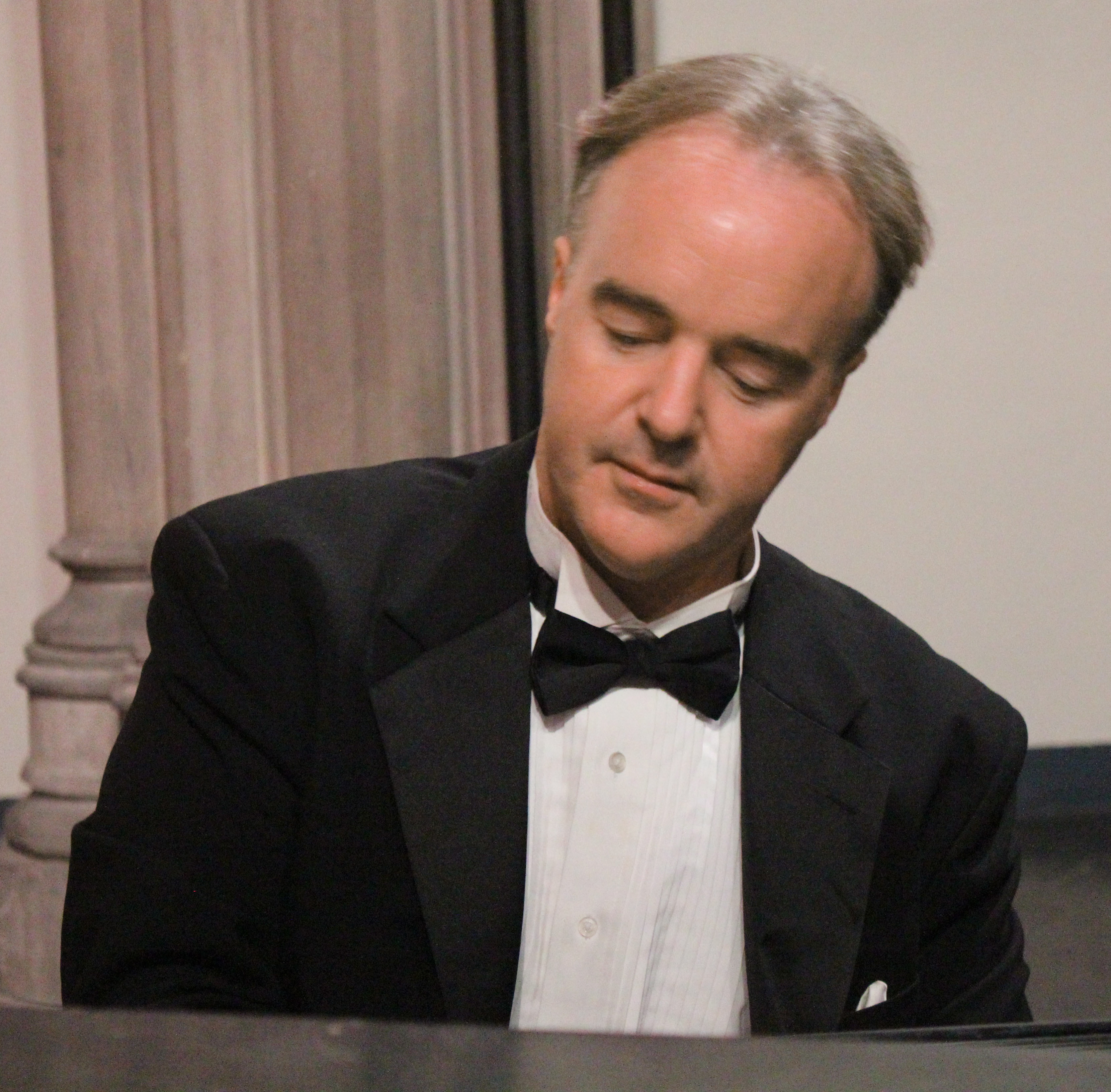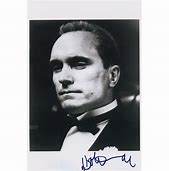The Classical
Meisner Track
"The greatest piece of acting or music always has it’s roots in the
truth of human emotion."
- Sanford Meisner

"Mr. Meisner used to tell us that our acting should be 'as unique as our thumb prints.' This also applies to teaching. While studying by day with Mr. Meisner, who was also a pianist, by night I worked as one. So, I integrate music into my teaching because of the added freedom I found in the mix. Flexibility leads to versatility so I teach his technique classically, (meaning as he taught it), but also apply it to styles ranging from classical to modern. As such, Classical Meisner is a search for personal meaning in the unique gifts we each possess."
Stephen Kennedy Murphy, Artistic Director, The O'Neill Studio
The Classical Meisner Track was founded in 2003. It is a holistic process that takes the actor from classical Meisner exercises to scene study on three distinctly different scenes over seven months of twice-weekly sessions. For flexibility, each session begins with a voice and yoga warm-up and both are integrated more deeply into the Track as is progresses:
MONTHS I-IV THE MEISNER EXERCISE
MONTH I THE REPETITION GAME: CONTACT AND RESPONSE
“Acting is not talking. It’s living off the other fellow!” - Mr. Meisner
The first month focuses on includes intensive improvisational work through The Repetition Game, which, along with The Independent Activity and Emotional Preparation, will comprise The Meisner Exercise.
The Meisner Exercise is best known for “Repetition.” At the basic level, the actors repeat simple observations of each other while allowing the emotional waves to ebb and flow. The goal of Repetition is to sharpen the listening and responding skills of the actor.
NOTE: Actors with previous Meisner training will find this introduction especially valuable since Repetition as now taught is usually a variation on Mr. Meisner’s "classical" version as it is taught in The O’Neill Studio.
“That’s very different. Picking up the impulse instead of picking up the cue"
MONTH II THE INDEPENDENT ACTIVITY: OBJECTIVE AND URGENCY
The second part of The Meisner Exercise is “The Independent Activity”, the next building block of The Exercise. Simply stated, it is an activity that pins the actor against a difficulty they must somehow surmount while engaged in The Repetition.
Meisner defined acting as “living truthfully under imaginary circumstances.” The Independent Activity is a genuinely difficult task with an imagined urgency. Through The Independent Activity, the actor strengthens their ability to invest their belief in the imaginary circumstances such as they encounter in a script.
Example: The Independent Activity may be that of trying to glue the pieces of a broken plate together. To raise the stakes for doing so, the actor creates an imaginary urgency that will inform the way in which the task is executed. The actor may, for example, imagine it is a family heirloom which is to be on display at a upcoming family dinner, ramping up the urgency to fix it as reflected in his/her behavior.
"That which hinders your task is your task."
Through The Independent Activity, actors strengthen their ability to invest “actor’s faith” in their character’s objective in a scene. In doing so, actors also have a very “classical” experience as they seek to surmount the difficulty of a physical task that they have assigned themselves and the imaginary reason they have invented for doing it. ("Classically" speaking, this is in keeping with the pursuit of the Greek hero who aspires to heights he may never achieve but whose true nature is revealed in the effort).
The first two elements of the exercise, The Repetition Game and The Independent Activity, move the process toward scene work as the actor learns to “prepare emotionally.”
MONTHS III & IV EMOTIONAL PREPARATION
The Repetition and Independent Activity are combined with Emotional Preparation to raise the stakes of the improvisation, further heightening "the temperature" of The Exercise. Mr. Meisner used to tell us that acting only required “a thimble full of emotion.” While true, to acquire that balance of economy, the student must first emotionally prepare to some degree of excess.
Two months are spent on this all-important step, Month III being the "classical" approach as Mr. Meisner taught it. This is known to be a painful and frustrating point in the Meisner journey. That's why in Month IV, singing and movement are integrated more deeply into the process to keep the actor free, flexible and mentally healthy.
Emotional Preparation, combined with Repetition and The Independent Activity, complete The Meisner Exercise, which lays the foundation for work on text.

"I trained with Sanford Meisner at The Neighborhood Playhouse and he taught us how to prepare emotionally for something, whether you fantasize about something or think about something you don't want to happen." - Allison Janney
MONTHS V-VII SCENE WORK
Scene work is integrated into The Meisner Exercise with one month spent on a contemporary scene, one month on an O’Neill scene and the final month on a scene from a classical play.
MONTH V CONTEMPORARY SCENE
Actors transition into work on contemporary plays by learning to “absorb” text into the structure established in The Exercise. Challenges of memorization and the problem of stage directions are addressed in work on realistic modern plays in which the art of playing "Simple Reality" is addressed, which as we like to say is "anything but simple."
MONTH VI O’NEILL SCENE
O’Neill’s plays require a unique blend of both contemporary and classical styles. O'Neill was the son of a classical actor so Eugene's plays, while often realistic in setting, often require both a heightened style and a deep emotional connection. In O'Neill Studio vernacular, the actors learn to “surrender” to the imagination to bring O'Neill's writing to life.
MONTH VII CLASSICAL SCENE
In its culminating phase, our Track addresses the elements of style that go along with acting classics. The relationship between the breath and the voice is addressed specific to stage acting in the masterworks of the Greeks, Shakespeare, Wilde and other plays of poetic language.
Acting is part of our everyday lives. We idolize actors, we imitate them and the dream of becoming one haunts us until we surrender to it.
That said, acting is required of every performing art and craft from voiceover to dance, and all acting requires the specificity Mr. Meisner asked of his actors to be effective. For more on the thinking behind Classical Meisner read the essay at this Link.
ENROLLMENT AND POLICY
Acceptance is by interview. To apply send an email of interest to studio@eugeneoneill.net.

"I’ve always remembered something Sanford Meisner, my acting teacher, told me. When you create a character, it’s like making a chair, except instead of making something out of wood, you make it out of yourself. That’s the actor’s craft – using yourself to create a character." – Robert Duvall
 Text Link
Text Link
 Click to edit block quote. What quote or client recommendation really sums up your business?
Click to edit block quote. What quote or client recommendation really sums up your business? 